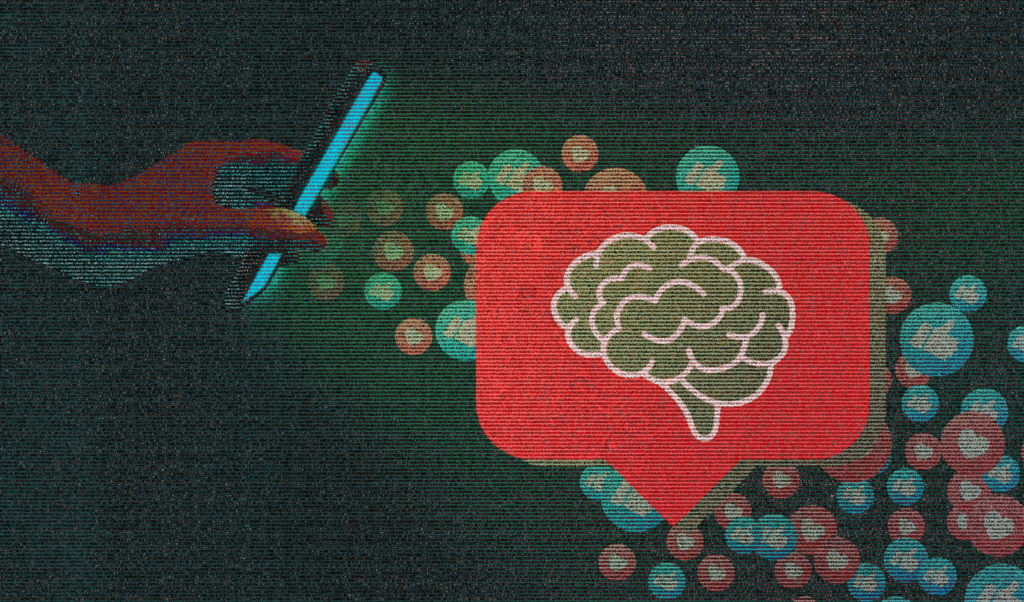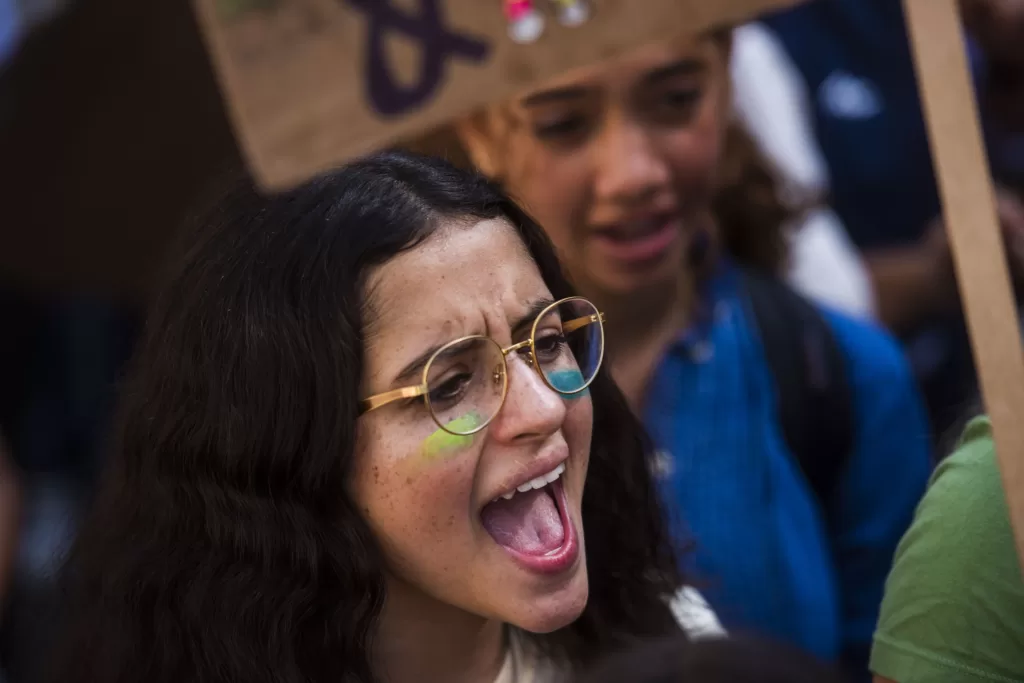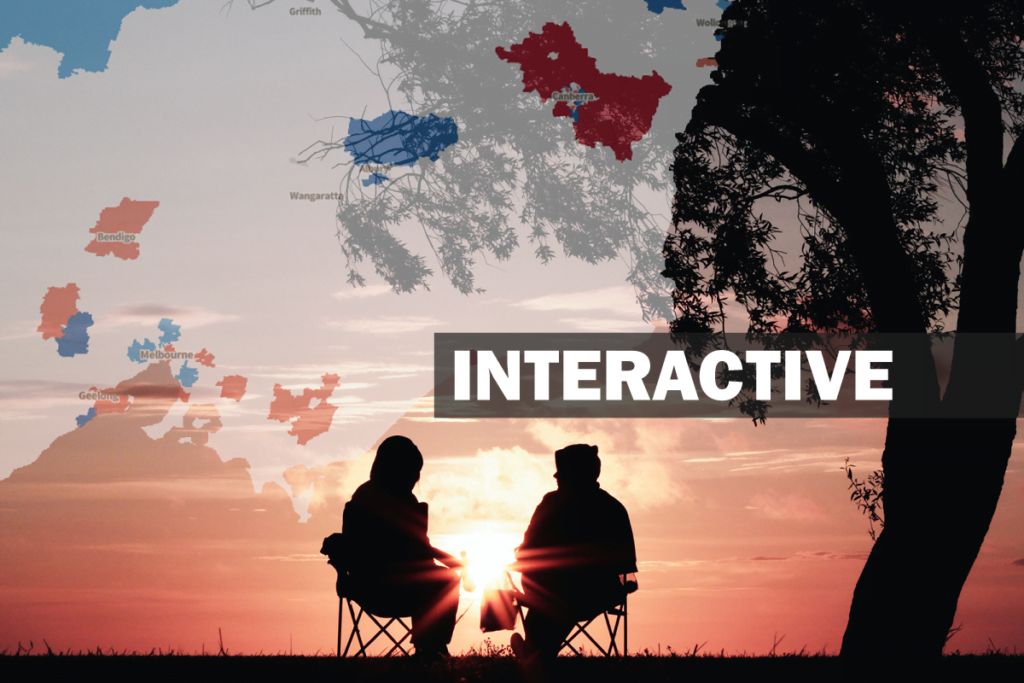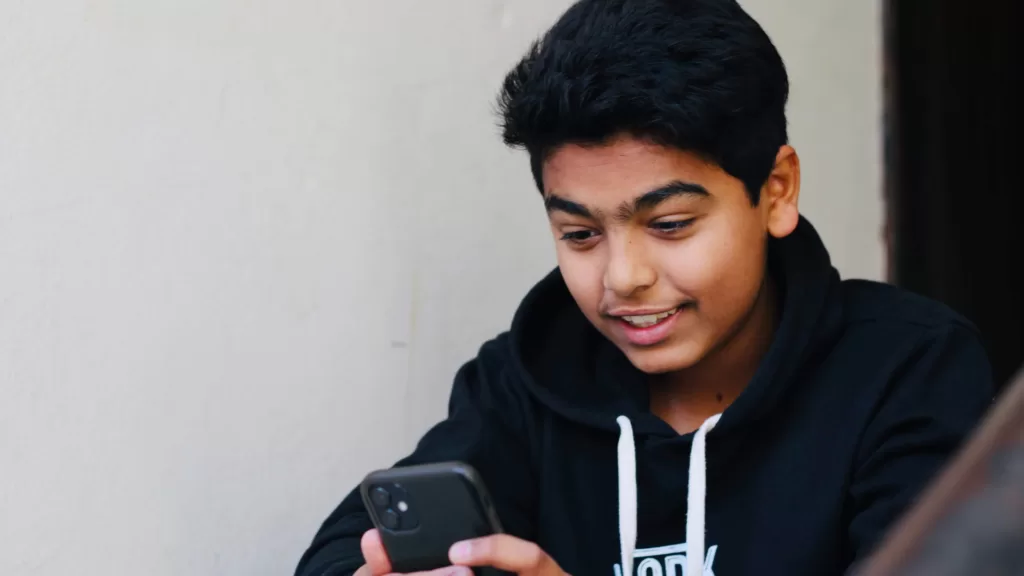There is plenty of evidence showing how social media use can affect youth mental health but studies often omit the developing countries of the Global South.
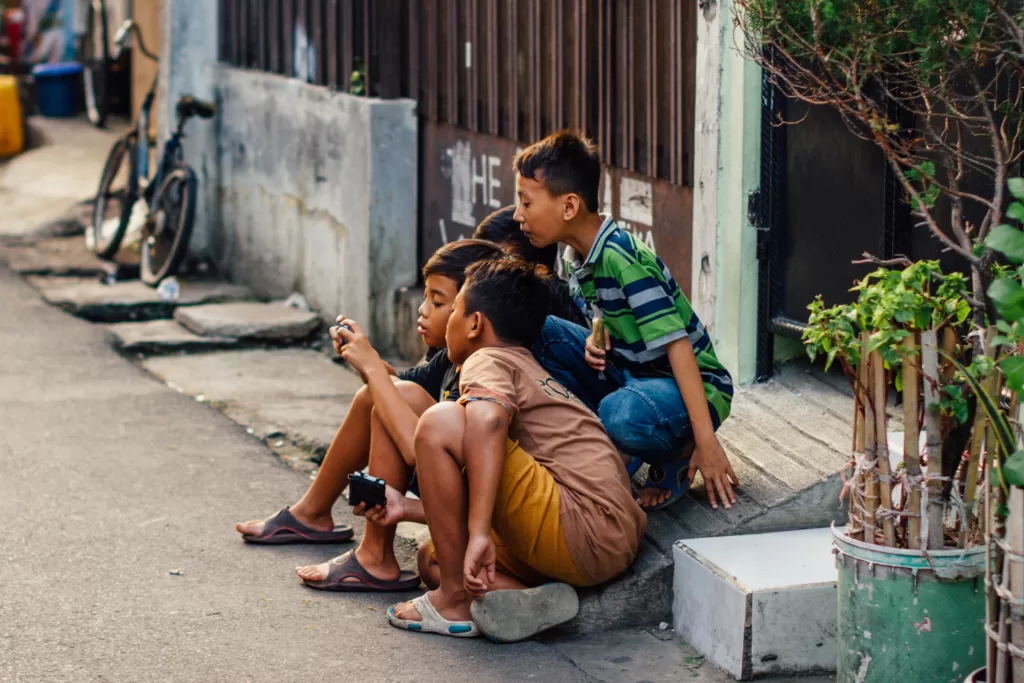 Studies about the impact of social media on youth need to include more people from the Global South. : Flickr: Adam Cohn CC BY-NC-ND 2.0
Studies about the impact of social media on youth need to include more people from the Global South. : Flickr: Adam Cohn CC BY-NC-ND 2.0
There is plenty of evidence showing how social media use can affect youth mental health but studies often omit the developing countries of the Global South.
A staggering 4.89 billion people around the world use social media — a huge proportion of them young people — as concerns grow about how their online time is affecting health.
Yet while there is plenty of research pointing to how social media content — a lot of it inaccurate — contributes to mental health problems, little of the work looks at the Asia Pacific, home to most users and growing fast.
Even the work that has been done might not accurately reflect the state of play in developing economies in that region and others in the Global South.
Social media platforms like Instagram and TikTok are now indispensable for Generation Z and Alpha, who were born after 1996.
As of 2023, more than half of the world’s population is on social media and they spend an average of two hours and 26 minutes daily on it.
Nearly 60 percent of these users live in the Asia-Pacific region.
Such huge numbers and forecast growth in social media use is particularly significant for mental health when platforms often promote unrealistic body ideals, disseminating false information that contributes to body dissatisfaction, eating disorders, and body dysmorphic disorder.
A systematic review underscored social media’s role in exacerbating these issues.
A 2023 randomised controlled trial also revealed that restricting daily social media use to one hour for people aged 17 to 25 led to significant improvements in appearance and weight self-esteem within three weeks.
Yet a recent report examining Facebook’s impact on the well-being of nearly one million individuals across 72 countries suggested limited evidence of psychological harm linked to global social media use.
Though Asia Pacific is the most populous region, 70 percent of participants in social media impact studies were from the Global North, highlighting problems with the sample diversity.
Given differing levels of digital access and different cultural values, it means study findings might not directly reflect what is happening in the Global South.
It underscores the need to not increase the diversity of study populations in future research but also emphasises the importance of taking non-Western socio-economic and cultural factors into account.
A qualitative study of urban Indonesians aged 12 to 15 with good online access revealed they talked more about skills to foster social relations like chat or calls than skills to engage in self-expression like posting or editing photos or videos.
Social media’s disruption of daily activities and learning processes was more prominent among these groups than body image issues.
The varying degrees of regulations overseeing the safety of social media users worldwide should also be considered as influential factors in these dynamics.
A United States Surgeon General’s advisory has said excessive social media use poses a significant threat to adolescent mental health. It has urged families to set limits on social media and for governments to establish stricter standards for social media use.
The advisory also wants technology providers to include experts on developmental psychology and user mental well-being in their product teams as a way of limiting potential harm to young users.
It’s a particularly significant move by the Surgeon General given that many social media platforms are headquartered in the United States.
However, it also underscores the Global South’s reliance on social media safety regulations from Global North countries.
The focus needs to shift from merely controlling the negative impacts of social media on public health to its potential to provide access to mental health support, especially where resources are limited.
A 2016 report revealed that social media serves as a “digital safe haven” for adolescents in Afghanistan, enabling discussions on critical topics such as women’s rights, sexuality, domestic violence, and abortion.
The study in Indonesia also shows that adolescents perceive social media as a novel medium that might offer benefits to be considered by parents and other relevant stakeholders.
Social media emerged as a crucial source of public health information, notably during the COVID-19 pandemic. However, its value as a tool for enhancing health literacy may be more pronounced during health crises.
Harnessing social media’s potential as a public health tool requires sustained investment in media literacy for healthcare workers.
Critically, it also requires proactive delivery of accurate, balanced health information. That proactive delivery can reduce the need to later debunk whatever inaccurate information is also on social media.
Regulatory authorities in Global South should recognize their pivotal role in this endeavour.
If this article has raised issues for you, or if you’re concerned about someone you know, visit https://findahelpline.com/i/iasp.
Grace Wangge is an associate professor at Monash University Indonesia. She is a co-founder of the Indonesian Anti Hoax Educator Community (Relawan Edukasi Anti Hoax Indonesia — Redaxi).
Originally published under Creative Commons by 360info™.
Editors Note: In the story “Young minds on screens” sent at: 05/10/2023 09:44.
This is a corrected repeat.


